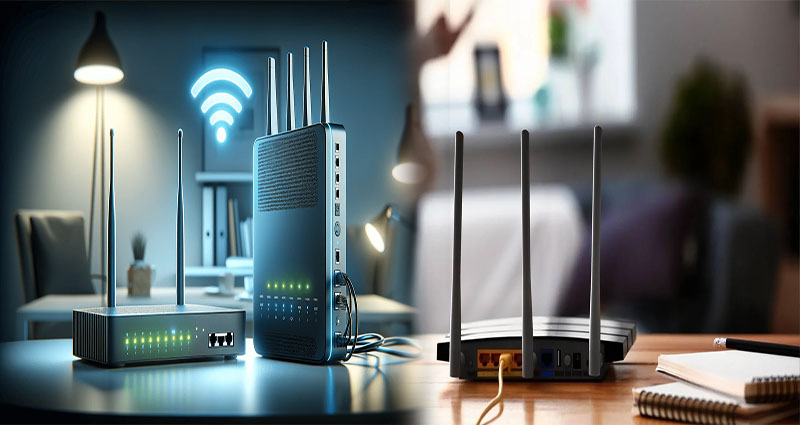Troubleshooting Tips for Resolving Signal Interference and Dead Zones in Home Wireless Internet
Having a strong and reliable wireless internet connection is essential in today’s connected world. However, signal interference and dead zones can disrupt your Wi-Fi network, causing frustration and hindering your online activities. In this article, we will explore effective troubleshooting tips to address signal interference and dead zones in your home wireless internet setup.
Understanding Signal Interference and Dead Zones
Signal Interference occurs when other electronic devices, neighboring Wi-Fi networks, physical obstacles, or even environmental factors disrupt the wireless signal between your router and devices. This interference can result in slow speeds, dropped connections, or intermittent connectivity issues.
Dead Zones are areas within your home where the Wi-Fi signal is weak or nonexistent, leading to poor or no internet connectivity. Dead zones are often caused by obstructions like walls, large furniture, or the distance between your router and devices.














